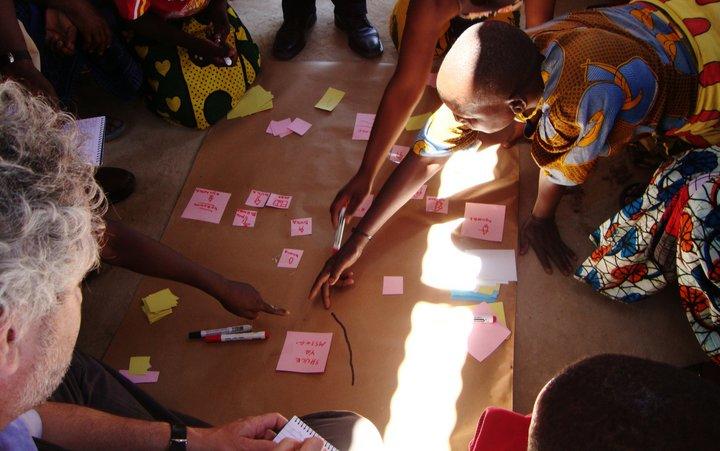How to measure climate change vulnerability – New toolkit and two case studies

How will climate change affect rural communities differently? A new toolkit by Bioversity International and partners provides step-by-step guidance on how to carry out participatory vulnerability assessments to develop adaptation strategies.
Why are people vulnerable? How are they vulnerable to climate change? What consequences does this have for their food security?
Food systems are already and will be increasingly affected by extreme climate events and climate variability, but some groups are more vulnerable than others. Higher vulnerability can be a result of gender, ethnicity, socioeconomic class and other factors. What are some of the coping mechanisms that local communities are already using? Are there measures that can be put in place that are more tailored to the needs of these vulnerable groups?
A toolkit created by Bioversity International and the Institute of Development Studies is now available to help researchers and extension agents conduct participatory vulnerability analyses in rural communities and assess their potential to adapt to climate change. The toolkit includes step-by-step guidance on how to carry out participatory mapping, understand climatic trends, identify changes in livelihood strategies, and other exercises that tap into the knowledge and experiences of the local community to understand their context and vulnerability and develop better adaptation strategies.
Two case studies that have tested this toolkit in Colombia and Tanzania are also available for those who want a better idea of how the toolkit can be used in practice. In Colombia, the toolkit was tested in the Chicamocha canyon, an area that has been victim to increasing drought and desertification in recent decades. In Tanzania, the toolkit was used in the Dodoma district, and looked particularly at important crops such as sorghum, cowpea and pigeon pea and how varietal diversity could help increase resilience to climate change.
All three publications are part of a working paper series of the CGIAR Research Program on Climate Change, Agriculture and Food Security (CCAFS).
Download the three working papers here:
